All Science
- Twisted light could let you download 70 DVDs per second
An international team of researchers has developed a method of manipulating beams of to transmit information at astonishing speeds.
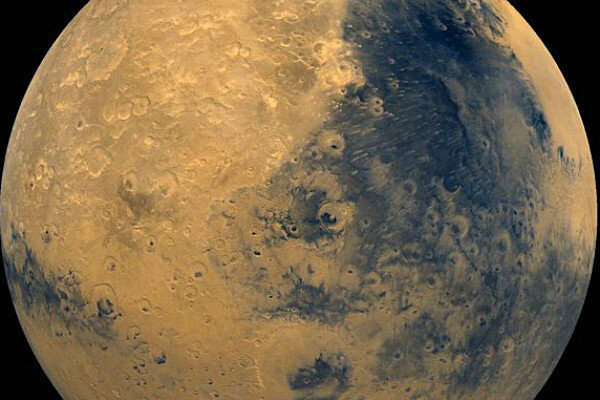 Does Mars' interior hold huge reservoirs of water? Martian meteorites say yes.
Does Mars' interior hold huge reservoirs of water? Martian meteorites say yes.Some parts of Mars' interior are as wet as that of Earth, a new study finds.
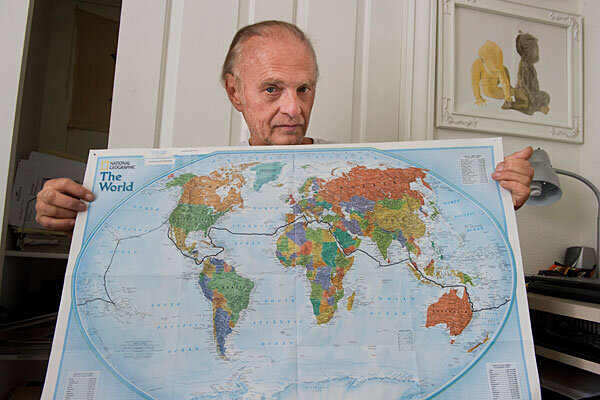 Man recounts collision with whale that sunk his boat
Man recounts collision with whale that sunk his boatA Northern California whose 50-foot sailboat sank off the coast of western Mexico after colliding with a whale tells his story.
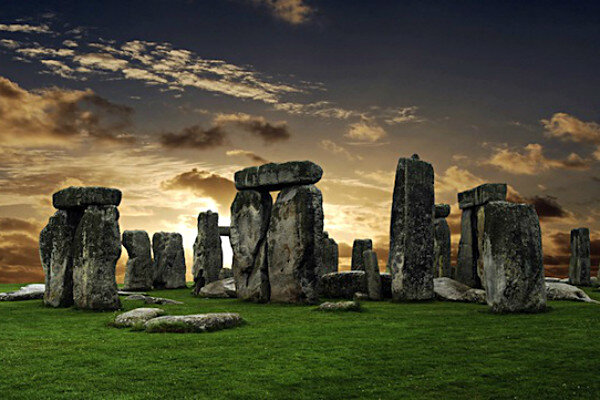 Stonehenge built as a symbol of peace and unity, British researchers suggest
Stonehenge built as a symbol of peace and unity, British researchers suggestThe creation of the mysterious monument and the culture built around it suggests Stonehenge was thought as a symbol of unity in late Neolithic Europe, British researchers say.
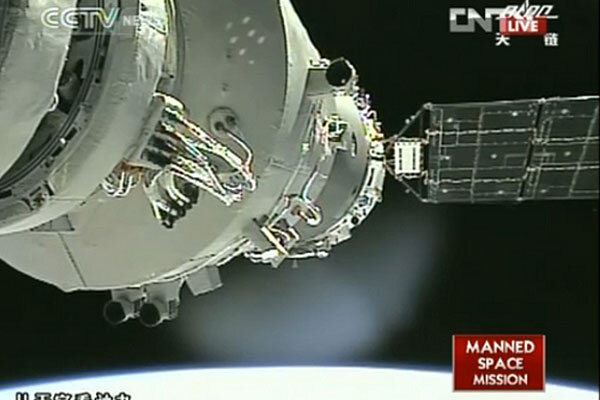 213 miles up, Chinese astronauts achieve milestone
213 miles up, Chinese astronauts achieve milestoneA trio of Chinese astronauts successfully manually docked their space capsule to a prototype orbiting module on Sunday.
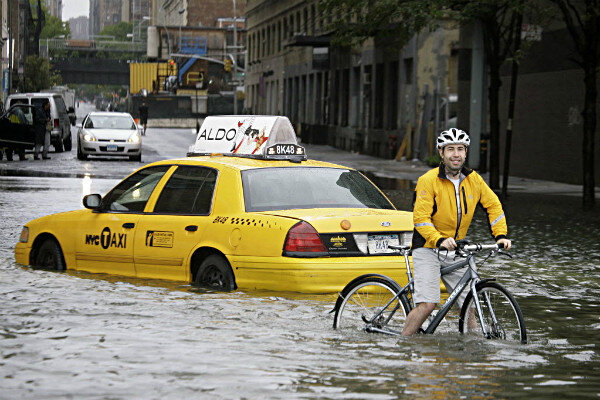 Sea levels rising on US East Coast much faster than global average
Sea levels rising on US East Coast much faster than global averageThe Atlantic Ocean is rising at an annual rate three times faster than the global average since 1990, according to the US Geological Survey.
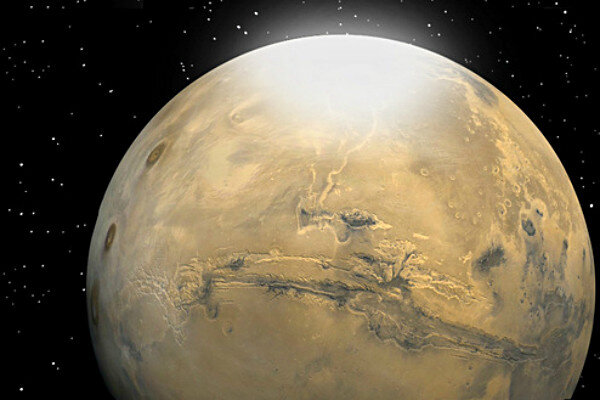 Mars has snowflakes, but they are tiny, study finds
Mars has snowflakes, but they are tiny, study findsBy analyzing how much light the clouds that hang over the red planet reflect, scientists found its snowflakes, which are made of CO2 instead of water, are mere thousandths of a millimeter across.
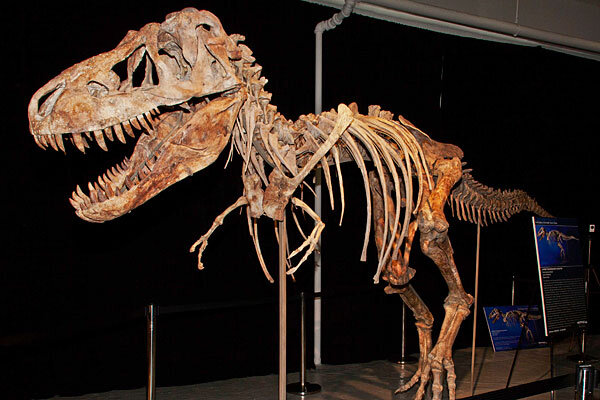 Disputed Tyrannosaur skeleton will soon be returned to Mongolia from US
Disputed Tyrannosaur skeleton will soon be returned to Mongolia from USThe 70-million-year-old dinosaur skeleton, discovered in Mongolia, will soon be returned by the US to its home country.
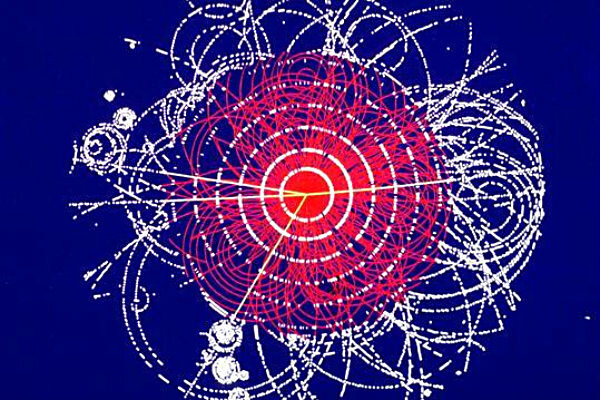 Did scientists find the 'God Particle'? Higgs Boson announcement expected.
Did scientists find the 'God Particle'? Higgs Boson announcement expected.European scientists say they are close to discovering the so-called God particle, which, if it exists, would help explain why matter has mass.
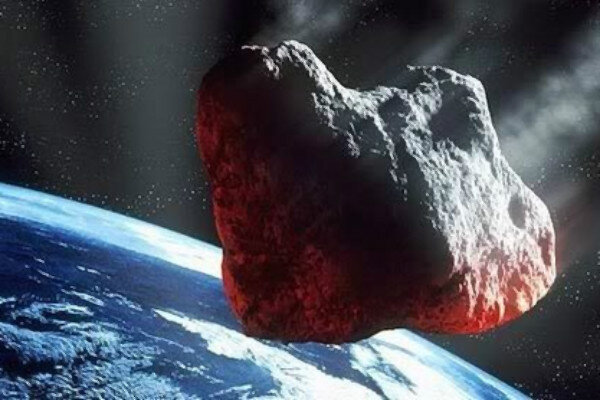 Keira Knightley: Is the science in 'Seeking a Friend For the End of the World' correct?
Keira Knightley: Is the science in 'Seeking a Friend For the End of the World' correct?Keira Knightley stars in 'Seeking a Friend For the End of the World,' a story about the final days before an asteroid collides with Earth.
- Astronomers discover an 'odd couple' of planets
The Kepler spacecraft has detected a pair of extrasolar planets with orbits so close that at times the larger planet looms more than twice the size of the full moon in the second planet's night sky.
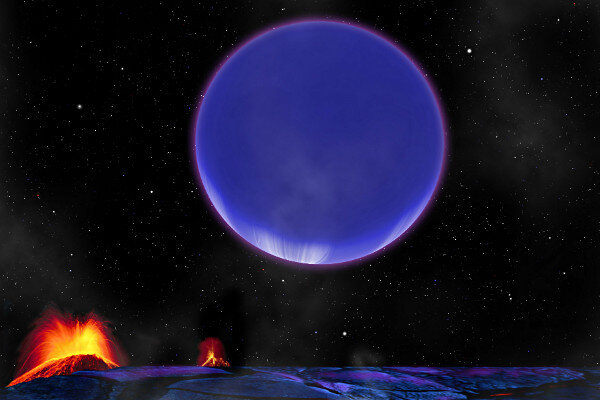 Astronomers spot pair of planets dancing the lambada
Astronomers spot pair of planets dancing the lambadaA duo of very different planets orbit in close proximity but will not collide, but close encounters could cause gravitational tides, says a scientist.
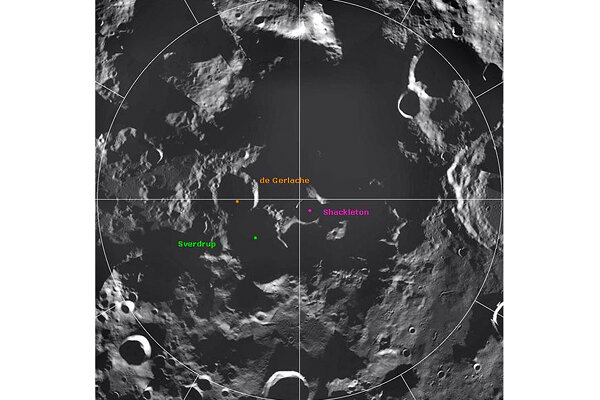 Is there ice on the moon? Scientists spot shiny crater.
Is there ice on the moon? Scientists spot shiny crater.A team of MIT researchers found ice may make up 22 percent of the material on the moon's quite bright crater floor.
 Queen of Sheba left genetic legacy to Ethiopians, study finds
Queen of Sheba left genetic legacy to Ethiopians, study findsEthiopians's long-ago genetic mixing with populations from Israel and Egypt is a legacy of the Queen of Sheba and her companions, say researchers.
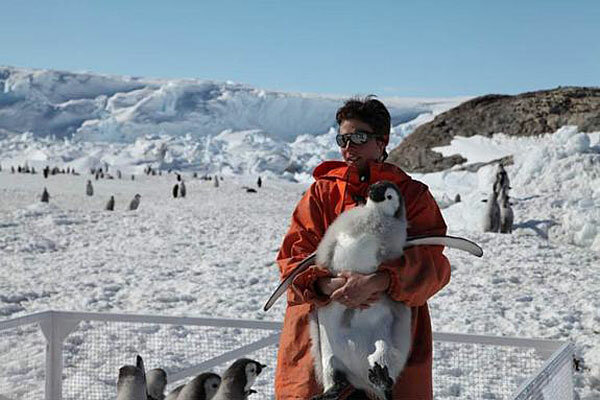 Global warming spells bad news for emperor penguins, study finds
Global warming spells bad news for emperor penguins, study findsResearchers at the Woods Hole Oceanographic Institution have found that melting sea ice could lead to dramatic declines in populations of emperor penguins.
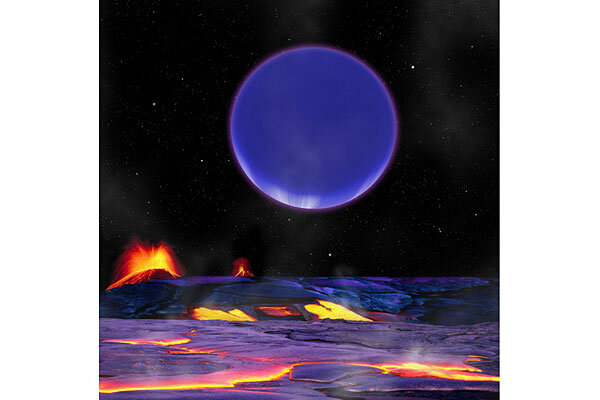 Bizarre alien planets get cozy with each other
Bizarre alien planets get cozy with each otherA duo of planets some 1,200 light years from earth have been spotted passing within 1.2 million miles of each other, closer than any other known pair of planets, a new study has found.
 New books transform your kitchen into a lab
New books transform your kitchen into a labFood science: New books invite science into your kitchen and help cook modern cuisine in a simple way.
 NASA scientists investigate ice in huge, perpetually dark Moon crater
NASA scientists investigate ice in huge, perpetually dark Moon craterThe interiors of polar craters on the moon are in nearly perpetual darkness, making them cold traps that researchers have long suspected might be home to vast amounts of frozen water and thus key candidates for human exploration.
 Your moon base here? Sun-washed crater rim has big vistas, but little water.
Your moon base here? Sun-washed crater rim has big vistas, but little water.A team using observations from a lunar orbiter studied 'the living daylights' out of the Shackleton Crater, near the moon's South Pole. Their findings suggest scant water would be available to supply a lunar base there.
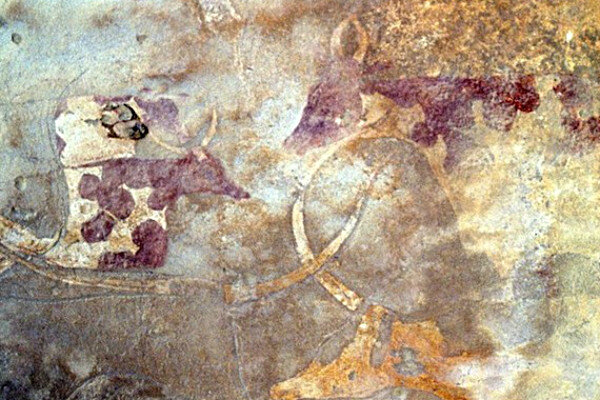 Got milk? Research finds evidence of dairy farming 7,000 years ago in Sahara.
Got milk? Research finds evidence of dairy farming 7,000 years ago in Sahara.Rock art and pottery shards indicated that the Sahara's inhabitants may have produced milk, cheese, butter and yogurt some 7,000 years ago.



















